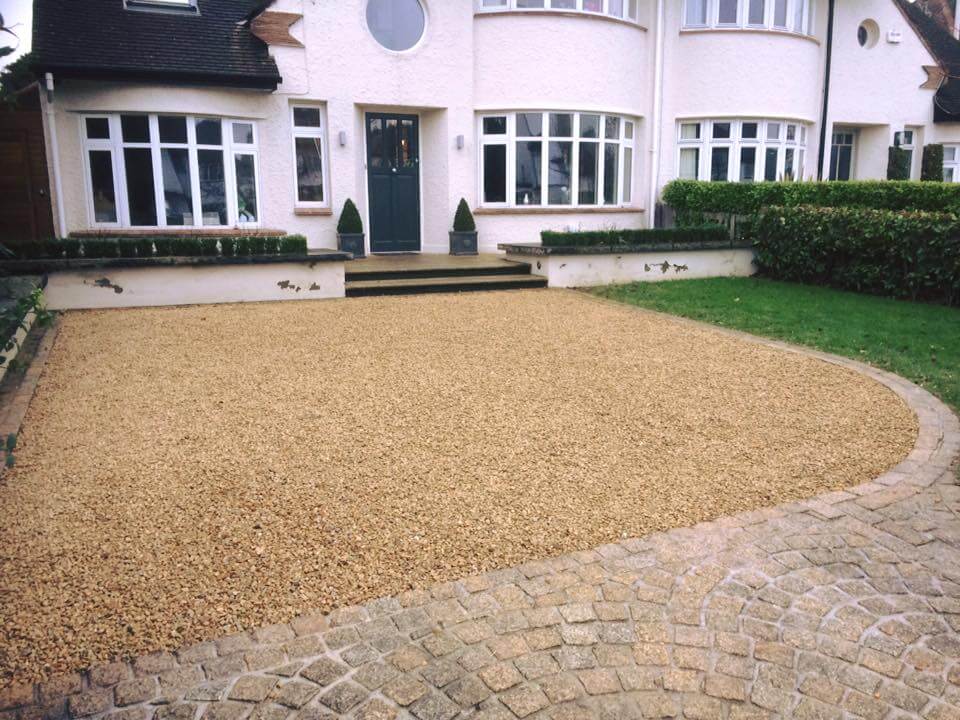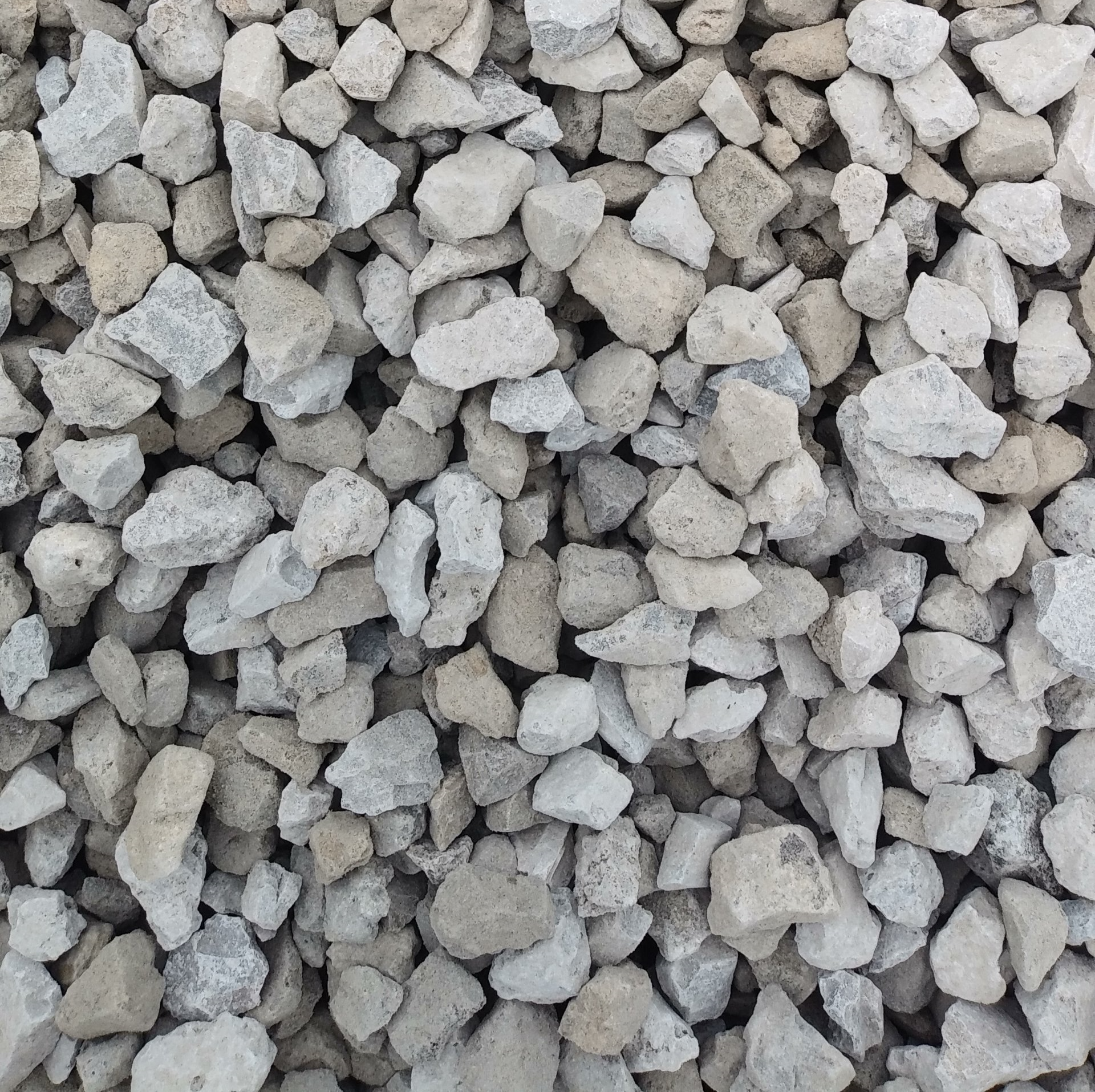

Hardpan, the layer beneath topsoil, is, as the name implies, dense and hard. The topsoil contains lots of organic matter, which is great for growing plants, but creates a spongy, unstable subsurface for a driveway. Before you lay any gravel, you must remove the top soil and use it somewhere else on your property. Additional Tips for Gravel DrivewaysĬhoosing the right gravel is important, but proper site preparation is even more vital. Top layer choices for gravel driveways might include crushed shale, limestone, granite and concrete, along with other types of gravel in various colors to meet your aesthetic needs. This dust forms a cement-like bond when compacted. This rock has rock dust and smaller pieces of rock added to the mixture. When choosing rock for the top layer, choose “traffic bound” or “dense-grade” gravel. River rock, for example, is not appropriate for a driveway. Round rock slips, creating an unstable surface. These rocks have an angular, triangle shape and will lock together on the driveway. These rocks can vary in color from black to gray to rust, depending on the type of stone.įor each layer of gravel, you’ll want machine crushed stone, rather than round rock. The top layer of gravel consists of 4 inches of marble-size rocks. These smaller rocks form a similar function and help make the transition to the top layer.
Best gravel for driveway install#
On top of the base, you’ll install another 3 to 4 inches of golf ball-size rocks, often identified as #57 rocks. You’ll install approximately a 4 inch layer of this rock. This foundation layer also keeps the smaller rock from disappearing into the soil. These rocks form a strong foundation for your driveway and ensure good drainage.

The first layer of gravel should consist of baseball size rocks, which are often called #3 stones. When installing a gravel driveway, you’ll actually use three sizes of gravel. Below, you’ll find everything you need to know about buying and installing gravel. If you’re willing to keep up with the maintenance, though, gravel is an affordable, durable material and makes an attractive driveway. You must rake the gravel annually to push it back in place. The act of snow removal scrapes up a lot of gravel and deposits it on the sides of the road. You’ll need to add more gravel every two to four years, especially if you live in a snowy area or have a sloped driveway. Annual maintenance includes herbicide application and raking. Although gravel driveways are the least expensive initially, they require the most maintenance long-term. Asphalt driveways place second in cost, followed by cement and pavers. Gravel driveways are hands-down the most affordable option upfront. Which one you choose will be based on your budget, your climate and conditions and the length of your driveway.

There are four materials commonly used for driveways – gravel, asphalt, concrete and pavers.


 0 kommentar(er)
0 kommentar(er)
